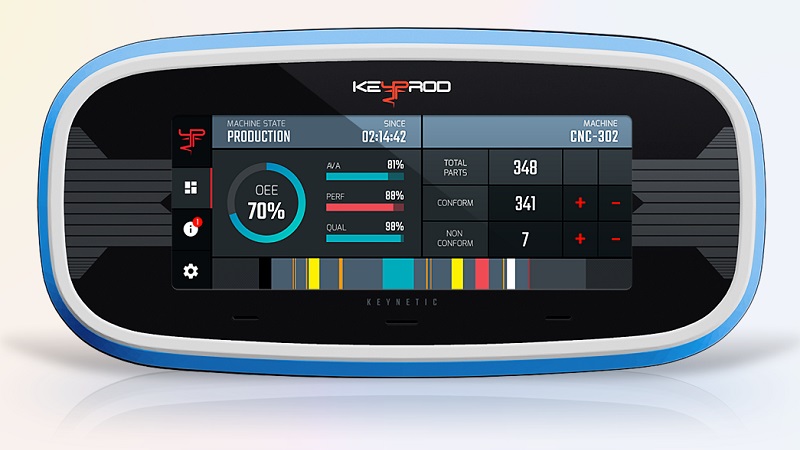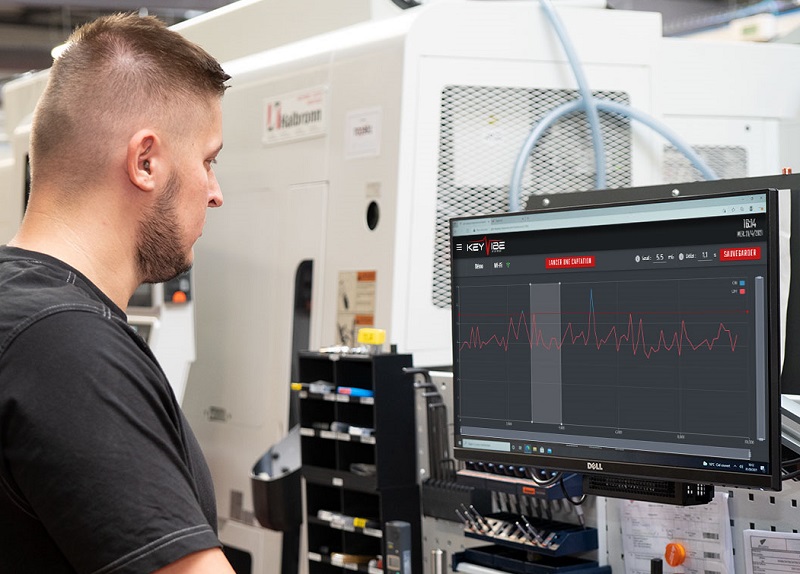JPB Système Receives Funds for Monitoring and 3D Printing Capabilities
JPB Système received investment from the French Government to advance its vibration-connected production monitoring solution and strengthen its Metal Binder Jetting 3D printing capabilities.
JPB Système (JPB) is a French company that specializes in the design, development, and provision of lock wireless anti-rotational devices for the aerospace industry. The company announced its receipt of government funding as part of the ‘France 2030’ recovery initiative. The company is known as a disruptor in the aerospace sector and is also championing innovative solutions for Industry 4.0 manufacturing.
With this finding funding injection, JPB intends to strengthen its KEYPROD offering, touted as the first and only vibration-connected production monitoring solution for the industrial sector. JPB also wishes to improve production flexibility in the aerospace industry by enhancing its metal binder jetting (MBJ) 3D printing activities.

KEYPROD allows customers to keep track of KPIs, including OEE and TRS. Image used courtesy of KEYPROD
A Government-backed Solution
President Macron launched the "France 2030" plan in 2021 to modernize and advance France's economy through innovation, ecological change, and social solidarity. It is set to place France as a significant participant globally and offers support for industrial transformation. To support manufacturers in their digital transformation journeys, JPB and its digital subsidiary, KEYPROD, submitted a project to provide IoT, artificial intelligence, and new software features.
An independent expert group reviewed JPB Système's KEYPROD 2025 project proposal, which was finally authorized by the General Secretariat for Investment (SGPI). The SGPI claims that this application earned approval because it gives industrial enterprises improved operational control.
Vibration-connected Production Monitoring
The KEYPROD software platform links to Keynetic and Keyvibe IoT boxes. These boxes are magnetic and can thus fasten onto the desired machinery. They receive, analyze and process vibrational machine and system data in real-time using an advanced algorithm. Users can access processed data in the form of key performance indicators to monitor and act on any areas of improvement.
Overall Equipment Effectiveness (OEE) is one such indicator and is considered the industrial benchmark. It is a metric that assesses how well a machine or piece of equipment is being used to gauge the efficiency of a manufacturing process. It offers information on the equipment's performance, quality, and availability. OEE is determined by multiplying three components, which are commonly given as percentages: availability, quality, and performance.

Vibrational signals from machinery are interpreted by IoT boxes linked to the KEYPROD platform. Image used courtesy of KEYPROD
KEYPROD platform users can also access other indicators, including Synthetic Rate of Return (TRS), Total Run Time Efficiency, and Scheduled Time. TRS (for example) calculates the total amount of time that a machine or piece of equipment has been programmed to run or generate for a given period. It covers both scheduled production time and all unscheduled pauses or stops that take place within that time. TRS offers information on the machine's operational effectiveness and aids in evaluating the total equipment utilization.
Improving Flexibility of 3D Printed Part Production
JPB also succeeded in applying for a pilot manufacturing line with metal binder jet 3D printing technology. The idea is to help aerospace manufacturers decarbonize aircraft by making parts more efficiently and sustainably. Recently, JPB announced that it secured a stake in a metal 3D printer manufacturer, Addimetal, further adding to its MBJ 3D printing capabilities.
MBJ allows for the production of structures with complex geometries that are difficult to construct using conventional manufacturing processes. It is a quick and economical technology appropriate for low-volume production and rapid prototyping. MBJ offers material flexibility by supporting several metals and alloys, including bronze, titanium, stainless steel, and aluminum. Additionally, it produces less waste than subtractive manufacturing methods since it just uses the appropriate quantity of metal powder. This waste reduction is attractive concerning the promotion of more sustainable manufacturing in aerospace.
JPB is set to commence a study focusing on using stainless steel for manufacturing through the MBJ platform in 2024.

 Facebook
Facebook Google
Google GitHub
GitHub Linkedin
Linkedin








